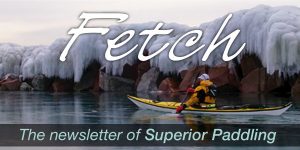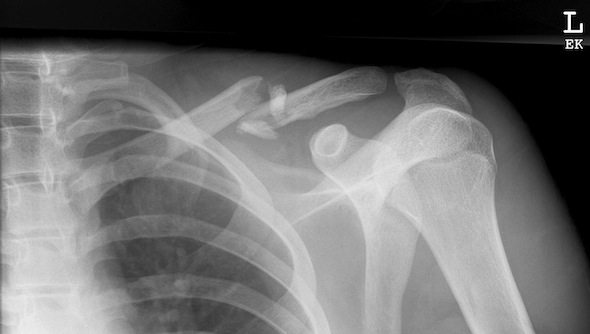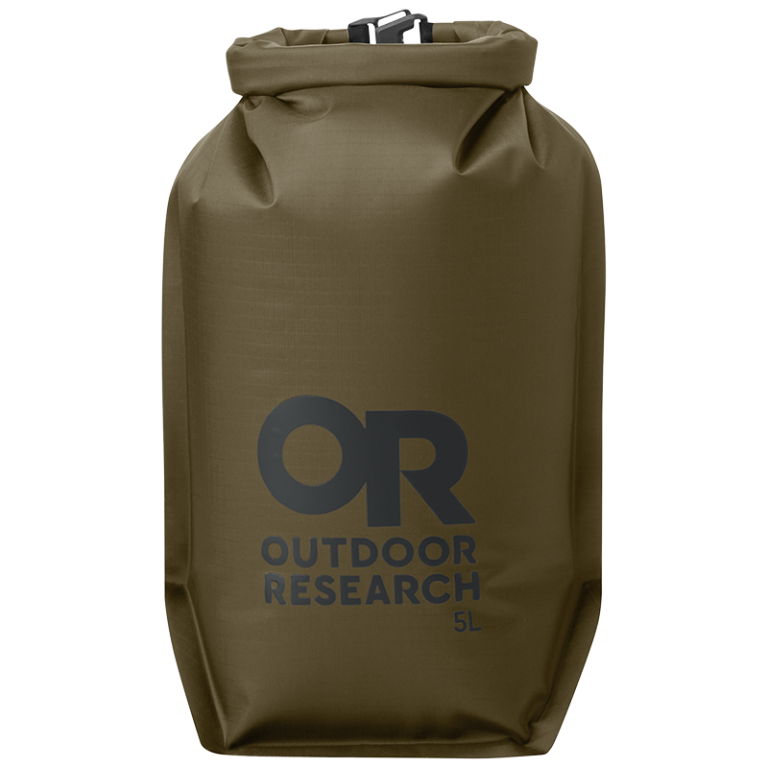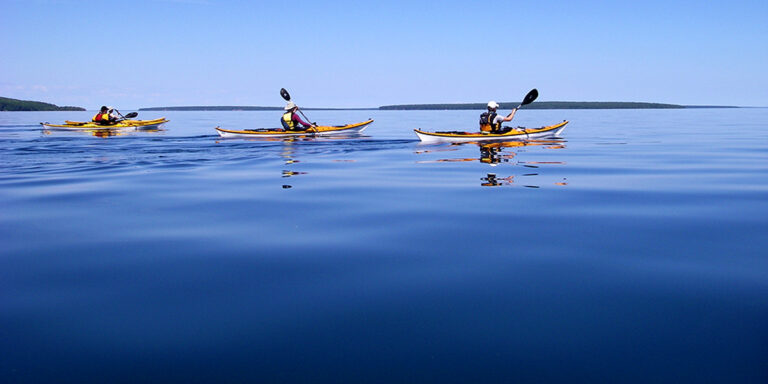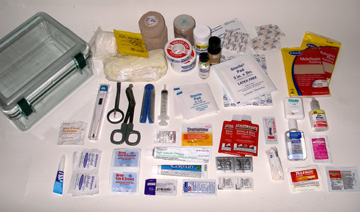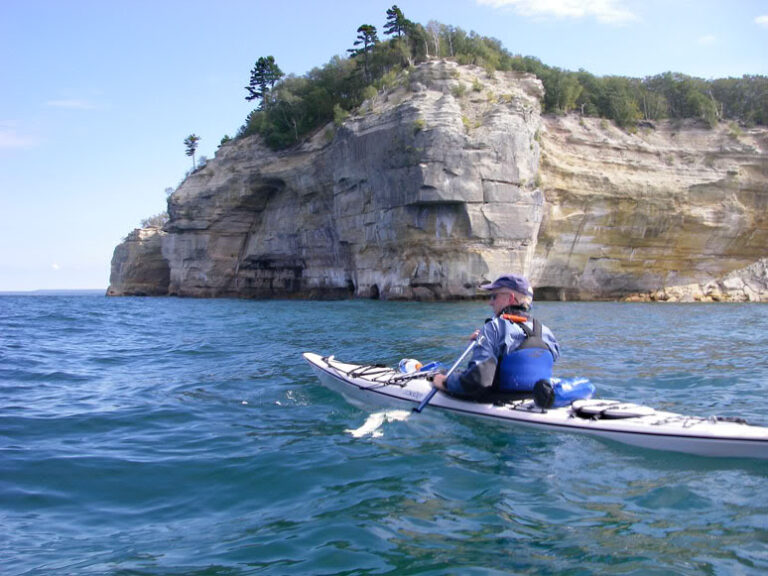Low-impact techniques for enjoying the wilderness while preserving it for others to enjoy.
“Alas! how little does the memory of these human inhabitants
enhance the beauty of the landscape!”
Henry David Thoreau
Your mother taught you to clean up after yourself, and your scoutmaster probably told you to take only photos, and leave only footprints.
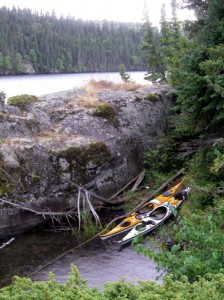
If it’s true that we often hurt the ones we love the most, what does that mean for those of us who love the wilderness? As we sea-kayak tourers strive to spend more time in the great outdoors, even as ‘undiscovered’ paddling destinations become more scarce, how do we minimize our impact on them in order to preserve their beauty for future enjoyment?
Hikers, campers, and backpackers have long struggled with these same conflicting impulses to simultaneously enjoy and preserve the wild places they visit, and the Leave No Trace Center for Outdoor Ethics has compiled what they call their “Seven Principles.”
In addition, since we sea-kayak tourers quite literally have one foot in the water and another on the shore, I’ve added a few final notes for paddlers. Whether out for a day-paddle, a long weekend, or longer kayak-camping journey, the following principles are good advice when visiting inland lakes, rivers, the Great Lakes, ocean shorelines, or just about any other waterway.
The Leave No Trace Seven Principles
Plan Ahead and Prepare
- Know the regulations and special concerns for the area you’ll visit.
- Prepare for extreme weather, hazards, and emergencies.
- Schedule your trip to avoid times of high use.
- Visit in small groups when possible. Consider splitting larger groups into smaller groups.
- Repackage food to minimize waste.
- Use a map and compass to eliminate the use of marking paint, rock cairns or flagging.
Travel and Camp on Durable Surfaces
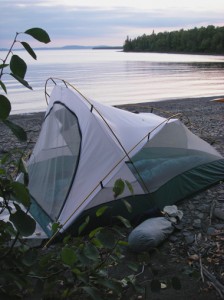
- Durable surfaces include established trails and campsites, rock, gravel, dry grasses or snow.
- Protect riparian areas by camping at least 200 feet from lakes and streams.
- Good campsites are found, not made. Altering a site is not necessary.
- In popular areas:
- Concentrate use on existing trails and campsites.
- Walk single file in the middle of the trail, even when wet or muddy.
- Keep campsites small. Focus activity in areas where vegetation is absent.
- In pristine areas:
- Disperse use to prevent the creation of campsites and trails.
- Avoid places where impacts are just beginning.
Dispose of Waste Properly
- Pack it in, pack it out. Inspect your campsite and rest areas for trash or spilled foods. Pack out all trash, leftover food and litter.
- Deposit solid human waste in catholes dug 6 to 8 inches deep, at least 200 feet from water, camp and trails. Cover and disguise the cathole when finished.
- Pack out toilet paper and hygiene products.
- To wash yourself or your dishes, carry water 200 feet away from streams or lakes and use small amounts of biodegradable soap. Scatter strained dishwater.
Leave What You Find
- Preserve the past: examine, but do not touch cultural or historic structures and artifacts.
- Leave rocks, plants and other natural objects as you find them.
- Avoid introducing or transporting non-native species.
- Do not build structures, furniture, or dig trenches.
Minimize Campfire Impacts
- Campfires can cause lasting impacts to the backcountry. Use a lightweight stove for cooking and enjoy a candle lantern for light.
- Where fires are permitted, use established fire rings, fire pans, or mound fires.
- Keep fires small. Only use sticks from the ground that can be broken by hand.
- Burn all wood and coals to ash, put out campfires completely, then scatter cool ashes.
Respect Wildlife

- Observe wildlife from a distance. Do not follow or approach them.
- Never feed animals. Feeding wildlife damages their health, alters natural behaviors, and exposes them to predators and other dangers.
- Protect wildlife and your food by storing rations and trash securely.
- Control pets at all times, or leave them at home.
- Avoid wildlife during sensitive times: mating, nesting, raising young, or winter.
Be Considerate of Other Visitors
- Respect other visitors and protect the quality of their experience.
- Be courteous. Yield to other users on the trail.
- Step to the downhill side of the trail when encountering pack stock.
- Take breaks and camp away from trails and other visitors.
- Let nature’s sounds prevail. Avoid loud voices and noises.
The member-driven Leave No Trace Center for Outdoor Ethics teaches people how to enjoy the outdoors responsibly. This copyrighted information has been reprinted with permission from the Leave No Trace Center for Outdoor Ethics: www.LNT.org
Sign up for “Fetch,” the newsletter of Superior Paddling!
Be the first to know about new or featured how-to articles, product reviews, and destination trip reports, plus other sea-kayak events, news, and more.
Additional Tips for Paddlers
By Superior Paddling
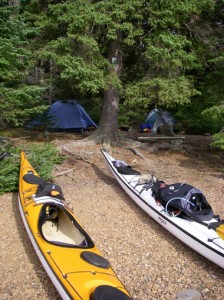
- Avoid trampling delicate shoreline and beach plants; use established footpaths and tent pads.
- Stay away from designated island and shoreline sanctuaries for migratory birds and other protected wildlife.
- Know your paddling and camping skills, and carry the necessary equipment to minimize your impact.
- Avoid introducing non-native species, including live bait, by cleaning equipment between trips.
- If necessary, communicate with other paddling parties about your camping plans to avoid crowded campsites and possible conflicts; leave larger camps for larger groups.
- After breaking camp and preparing to depart, perform a final ‘perimeter patrol’ of your vacant campsite, looking for stray trash, forgotten gear, smoldering campfires, and other evidence of your visit.
Additional Resources
- The Leave No Trace Center for Outdoor Ethics
- The Leave No Trace Seven Principles
- Isle Royale National Park’s e-booklet, “Leave No Trace Outdoor Skills & Ethics”
What do you think? Leave a question or comment below!

